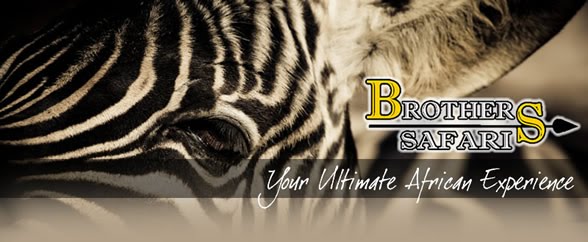August 2, 2010
The sun rises over the beautiful African plains, sending rays of warmth through the window of our little home away from home. A beautiful horizontal rainbow coats the horizon as the chilly winter night surrenders to the warm day ahead. I look over at my bunkmate and smile. It’s another beautiful day in South Africa!
I reflect for a bit on why I came to this country as I get dressed and start to pack my bag for the day ahead. I had heard about this amazing program from one of my veterinary professors at Virginia Tech, back in the USA. They knew about my interest in South Africa and African animals and encouraged me to see if there were any spots left. Now, two years later, I’ve once again returned to this country wanting to learn even more about the wildlife and how to treat them.
Dr. Peter Brothers, our veterinary guide for the trip, meets us for breakfast and we chat for a bit about the day ahead. We’re driving to the beautiful Mattanu reserve near Kimberly (http://www.mattanu.com/) to spend the rest of our stay, and we’re going to be doing some buffalo work in the afternoon. The six girls suddenly gang up on him, begging to be taken shopping in Kimberly and to see the sights. It’s not often that we get time to go shopping in town, since we have a very tightly packed schedule on these trips, so us girls will take the opportunity when one arises!
After a lovely morning of sight-seeing, we arrived at the reserve and are greeted with brilliant luxury! After a warm meal in the beautiful lodge, we begin the prep for buffalo capture. Dr. Brothers begins to fire questions at us, and we all try and remember what we’ve studied and learned on the trip last year. What drugs do we use to treat them? What problems do we often see with Cape Buffalo recovery? Why should they be kept sternal? My brain flies through the drug combinations, trying to remember everything I’ve learned. I’ve only got two years of veterinary school under my belt, but I don’t feel at a disadvantage at all, thanks to Dr. Brother’s patience and wonderful teaching skills. It’s not many vet students who can say that their first subcutaneous injection was on a cheetah, or their first blood draw was from a zebra.
We prepare to load the car when Dr. Brothers tells us that one lucky person gets to ride in the helicopter today and see the darting from the air. The girls look at me and smile. “It’s your turn, Sylvia,” they say. My heart begins to flutter as I walk over and the pilot goes over the safety aspects of flying in a helicopter. Soon we’re off the ground, flying high over the park, watching the animals run below us like herds of insects. We finally spot the buffalo we’re looking for, and SNAP! The gun goes off and the dart is in. The pilot begins to herd the other animals away from the darted one, who is quickly beginning to lag. Suddenly he’s on the ground, and the pilot looks for a safe place to land. We land, and I run over to the animal to help my classmates with monitoring the patient.
He’s a big Buffalo bull, and it takes about 15 strong men to get him sternal. Right away we check temperature and breathing. Finding them stable and in a good range, we begin loading him into the trailer. Piling in, we continue monitoring as the tractor and trailer full of people and one sleepy buffalo rush to the next one that’s been darted. The procedure repeats, and one more drowsy bull is added to the trailer. I’m forced to position myself between the head of the massive animals, knowing that there is a good chance that they could wake up and suddenly come forward at me. But that’s part of the risk of veterinary medicine, and the part of the job that I enjoy the most. As we bump over the savanna, I keep a hand near the nose, watching for any change in breathing to signal the animal is failing, or even worse – waking.
After what seems like hours, we finally reach the site of the bull’s new home. A quick reversal and a rush to the vehicles, and the two buffalos begin to wake. As we drive home, we congratulate ourselves on working as a team and getting the job done safely and efficiently. That night, we go over the case outside by the pool, watching the sun set across the African plains. Just another beautiful day in South Africa!
Sylvia Grove
Virginia-Maryland Regional College of Veterinary Medicine
Advanced Wildlife Immobilisation & Conservation Course - 25 July - 7 August 2010
Tuesday, August 3, 2010
Subscribe to:
Post Comments (Atom)


Well written Blog Sylvia - interesting to read after the event, and having been there. I am thrilled you enjoyed the work so much, learnt a lot, and importantly , had fun!!
ReplyDeleteSee you back in South Africa next year hopefully, but until then, keep you head in those books! :-)
Best wishes,
Dr Peter Brothers